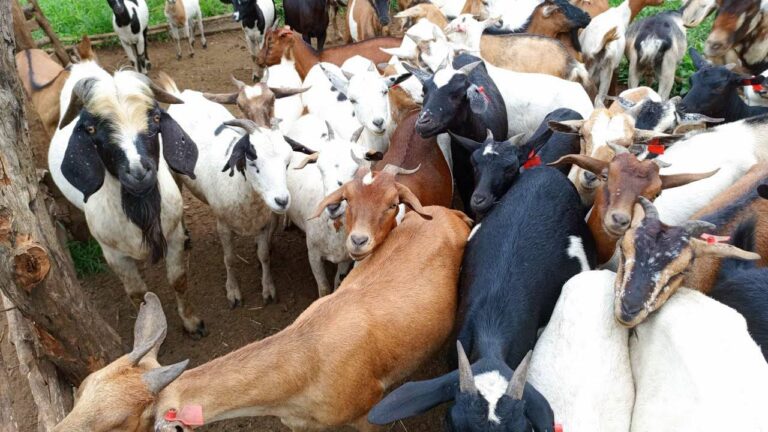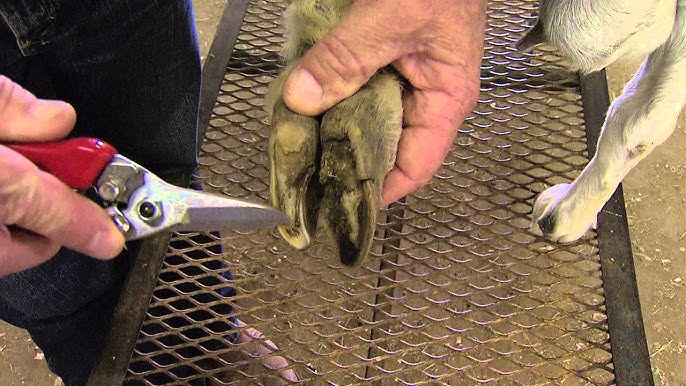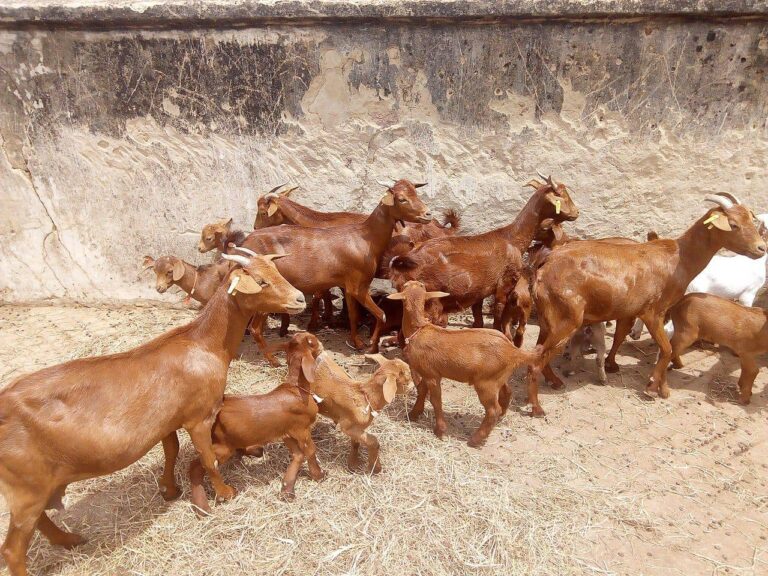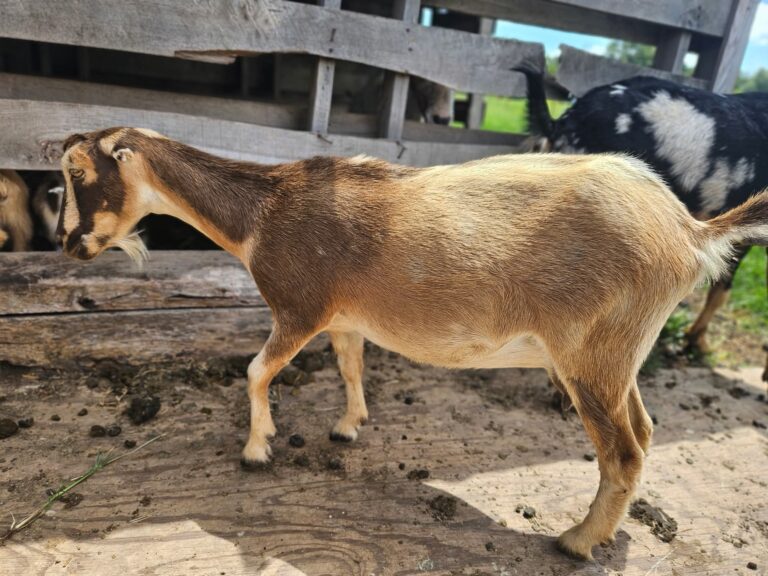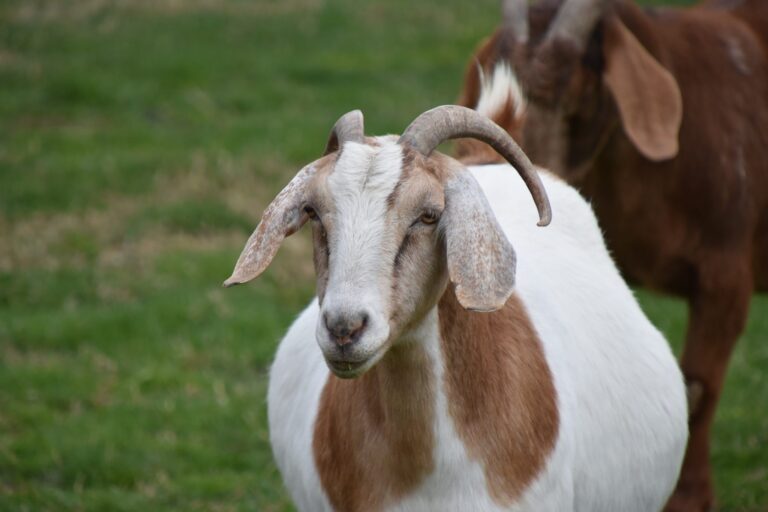Choosing the right goat breed is the single most important decision you’ll make as a goat farmer. Every breed has distinct strengths. Some excel in meat production, others are prolific milk producers, and a few are prized for their luxurious fiber.
The breed you choose should align directly with your farm’s primary goals, whether you’re looking to maximize profits, meet local demand, or support a self-sufficient homestead.
This guide will help you make an informed, goal-focused decision that reduces risk and enhances your farm’s productivity from day one.
Start With a Clear Farming Objective
Before selecting a breed, define exactly what you want from your goat farming venture. Are you aiming to supply goat meat to a growing ethnic market? Do you want to produce milk for artisanal cheese or family consumption? Or are you drawn to niche markets like mohair or cashmere production? Some farmers also raise goats for dual-purpose benefits; using does for milk and selling the kids for meat. Once your objective is clear, identifying a breed becomes a much more strategic and streamlined process.
Best Breeds for Meat Production
If your goal is rapid growth and high meat yield, look for breeds known for their muscular build, efficient feed conversion, and good carcass quality.
In the U.S., Boer goats are the gold standard for meat production. They grow fast, are heavy-boned, and mature quickly under proper feeding.
Another excellent option is the Kiko goat, which is less intensive to manage and highly parasite-resistant; ideal for pasture-based or low-input systems.
If you farm in hot or dry climates, consider the Spanish goat, a hardy breed with strong foraging instincts and solid meat potential.
Top Breeds for Dairy Production
Dairy goats are a great option if your goal is to produce fresh milk, cheese, or yogurt.
The Saanen, originally from Switzerland, is one of the highest milk-producing breeds and is known for its calm nature and suitability for larger dairy setups.
The Alpine goat, another popular choice, combines strong milk yield with excellent butterfat content, making it ideal for both drinking and processing.
For smaller operations or artisan dairy farms, the Nubian offers creamy milk with high butterfat levels, though its yield may be lower than Saanen or Alpine.
If space is limited, Nigerian Dwarf goats provide a compact option with surprisingly rich milk.
Fiber Breeds for Niche Markets
Goats raised for fiber are less common, but they cater to high-end markets.
The Angora goat produces mohair, a silky, lustrous fiber that fetches premium prices. Angoras need consistent shearing (twice a year) and more intensive grooming than other breeds.
Meanwhile, Cashmere goats (not a specific breed but goats bred to grow soft undercoats) produce the luxurious cashmere fiber harvested by combing.
Fiber production requires careful management and often suits farmers with specialty or artisan business models.
Dual-Purpose Breeds for Flexibility
Some breeds serve multiple functions, which can be valuable if you’re starting small or want to keep your marketing options open.
Nubians, for example, can be milked and still yield decent meat from their kids.
Kikos and Spanish goats, while primarily meat breeds, are also known for strong maternal instincts and durable milk supply for their young.
These breeds are ideal for small homesteads or farms where goats must adapt to diverse roles.
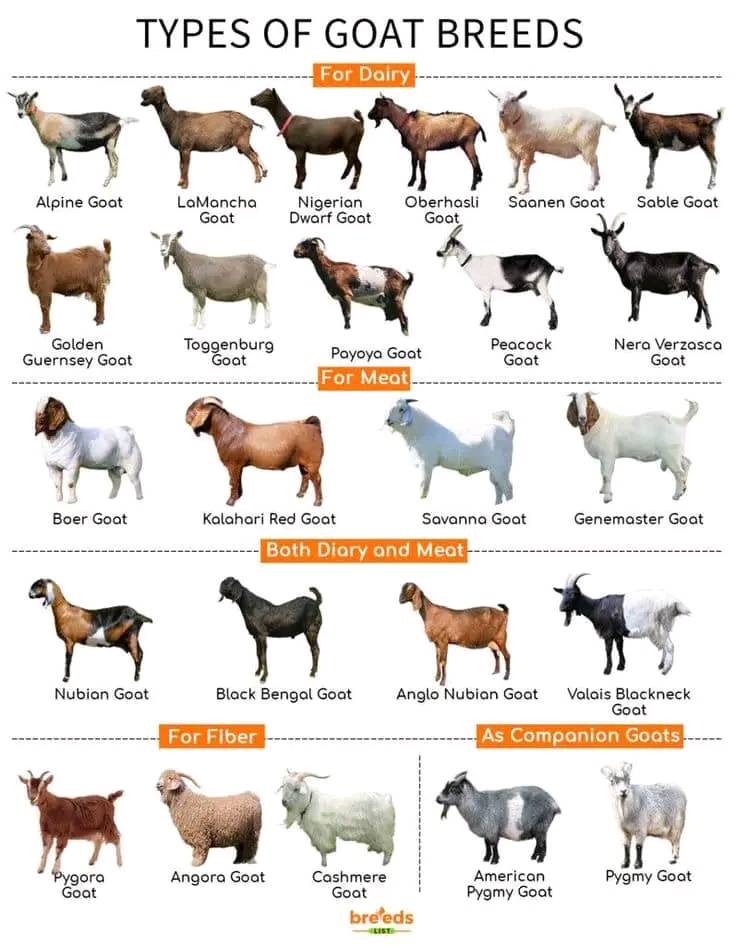
Factors to Consider Beyond Breed Purpose
While your production goal is the most important factor, you must also consider your climate, management style, and resource availability.
Some breeds, like the Boer, perform best with intensive feeding and parasite control, which may not suit low-input or pasture-based operations. Others, like Kikos or Spanish goats, require less intervention and are well suited to rugged terrain.
If you live in colder regions, ensure your breed can handle winter conditions or be prepared to invest in proper shelter and feed supplementation.
Availability and price also matter. Imported or registered breeds often cost more upfront, but may deliver better long-term returns.
If you’re just starting out, it may be wise to purchase from local, reputable breeders to avoid stress-related health problems during relocation.
Breeding Stock vs. Production Stock
If you’re raising goats solely for milk or meat, purchasing production-grade animals (i.e., those with strong yield records but not elite genetics) can save money.
But if you plan to breed and sell offspring, invest in registered stock with documented pedigrees and performance history.
Breeding quality goats can open an additional revenue stream and improve the productivity of future generations.
Sample Matchups: Goals vs. Best Breeds
- Commercial meat farming: Boer, Kiko, Savanna
- Small-scale dairy: Nubian, Nigerian Dwarf
- High-yield milk production: Saanen, Alpine
- Fiber business: Angora, Cashmere-type goats
- Mixed-use homestead: Nubian, Kiko, Spanish
- Low-input systems: Spanish, Kiko, Myotonic (fainting goats)
Wrapping Up
Your goat breed choice can make or break your farm’s success. Rather than choosing a breed based on popularity, select one that complements your goals, land, labor capacity, and budget.
Starting with the right breed reduces learning curve struggles and positions your farm for long-term profitability.
Always buy from trusted breeders, ask for health records, and start with a manageable number of animals as you gain experience.
Related:

